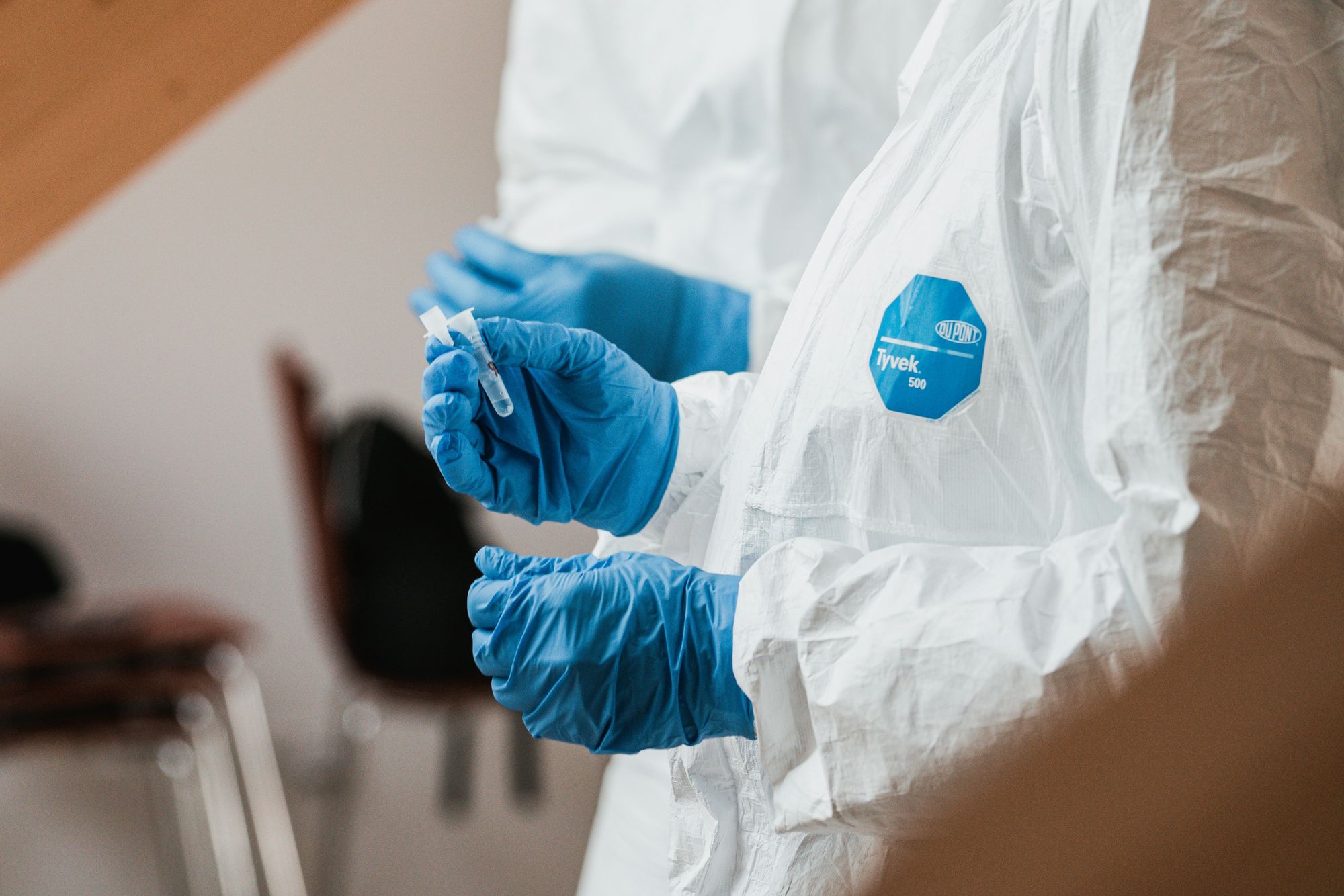
Nitrile Gloves: Essential Protection for Cleanrooms and Beyond
Nitrile gloves have become a cornerstone of personal protective equipment (PPE), offering unparalleled protection and versatility across various industries, particularly in cleanroom environments. Their unique properties make them a preferred choice for maintaining hygiene, safety, and contamination control.
What Are Nitrile Gloves?
Nitrile gloves are made from nitrile butadiene rubber (NBR), a synthetic polymer derived from acrylonitrile and butadiene. This material is an alternative to natural rubber latex, making it ideal for individuals with latex allergies. Nitrile gloves are durable, puncture-resistant, and resistant to a wide range of chemicals, providing superior protection in high-risk environments.
Features of Cleanroom Smocks
Nitrile gloves offer excellent resistance to oils, greases, fuels, and a wide variety of chemicals, including acids and alkalis. This makes them indispensable in laboratories, cleanrooms, and industrial applications.
These gloves are more puncture-resistant than latex gloves, ensuring enhanced safety when handling sharp objects or working in hazardous environments.
Free from natural rubber latex, nitrile gloves minimize the risk of allergic reactions, making them suitable for individuals with sensitive skin.
Many nitrile gloves come with textured surfaces for improved grip, even in wet or oily conditions, ensuring precision in delicate operations.
Applications of Nitrile Gloves in Cleanrooms
Nitrile gloves play a crucial role in maintaining the integrity of cleanroom environments by preventing contamination from particles, oils, and microorganisms. Common applications include:
- Pharmaceutical Manufacturing – Ensuring sterile conditions during drug production and handling.
- Electronics Industry – Protecting sensitive components from contamination during assembly.
- Biotechnology and Laboratories – Maintaining hygiene during experiments, sample handling, and research.
- Food Processing – Preventing cross-contamination between handlers and food products.
Choosing the Right Nitrile Gloves for Your Needs
When selecting nitrile gloves for cleanroom use, consider the following factors:
- Cleanroom Compatibility – Choose gloves rated for your cleanroom class (e.g., ISO Class 5 or Class 6).
- Thickness – Select a thickness level appropriate for the task at hand; thicker gloves for mechanical tasks and thinner gloves for detailed work.
- Length – Extended cuffs offer additional protection for wrists and forearms.
- Sterility – For critical environments, opt for sterilized nitrile gloves to prevent microbial contamination.
Environmental Impact and Disposal
While nitrile gloves are synthetic and not biodegradable, advancements in manufacturing have led to more eco-friendly alternatives, such as recyclable nitrile gloves. Proper disposal methods, including recycling programs, can mitigate their environmental impact.
Conclusion
Nitrile gloves are an indispensable component of cleanroom PPE, providing unmatched safety, comfort, and versatility. Their superior performance, combined with hypoallergenic properties, makes them the top choice for professionals across industries. By selecting the right type of nitrile gloves for your cleanroom needs, you can ensure optimal protection and compliance with stringent contamination control standards.

